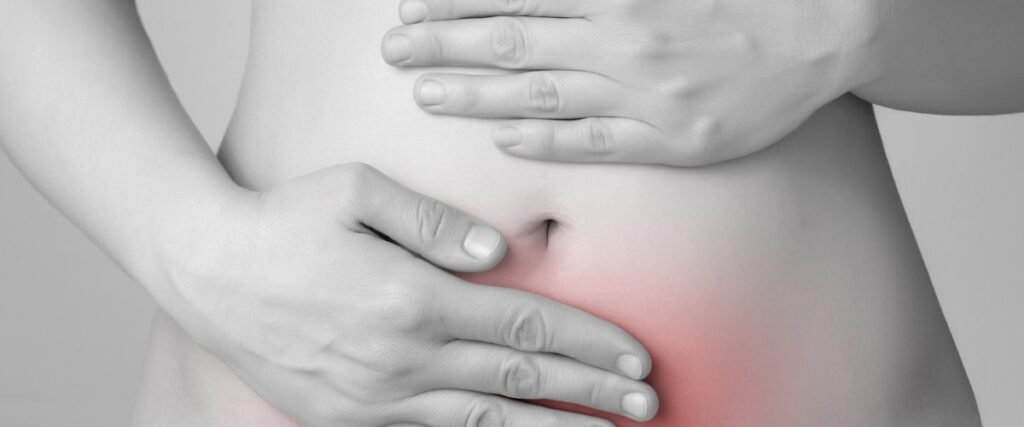
Endometriosis
Endometriosis is a painful condition in which endometrial cells are similar to the cells that normally line the uterus, growing outside of the uterus.
Mostly in ovaries, fallopian tubes, and other parts of the body.
Endometrium usually grows thickened and breaks apart and bleeds during a period.
In endometriosis, cells that are similar to cells present in the uterus, act like endometrium and bleed apart but this blood has no way to go and surrounding areas may be inflamed or swollen and leave scars and lesions.
Endometriosis Types:
There are three types of endometriosis:
• Superficial peritoneal lesion.
• Ovarian region.
• Deeply infiltrating endometriosis.
Types:
1. Superficial peritoneal lesion: in which cells grow in the peritoneum. (peritoneum is a membrane that lines the abdomen and pelvis).
2. Deeply infiltrating endometriosis: in this type organs near the uterus can involve such as bladder and bowels.
3. Ovarian region (endometrioma): tissue deposited in the ovarian region (ovaries) which is also called a chocolate cyst.
Causes:
1. Retrograde menstruation: in retrograde menstruation, during menses, blood flows back to the fallopian tube and into the pelvic cavity. These endometrial cells stick to pelvic walls where they grow and bleed over in each menstrual cycle.
2. Immune system disorder.
3. Cellular transformation: in which cells change from one form to another form. Cells outside of the uterus transform into cells like endometrial cells.
Symptoms:
1. Severe pain in lower abdomen and back during menses.
2. Pain while urinating and passing stool during menstruation.
3. Menorrhagia (heavy bleeding during menses).
4. Pain during sexual intercourse.
5. Infertility.
Other symptoms like:
• Fatigue
• Diarrhea
• Nausea
• Constipation.
• Bloating during menstruation.
Risk factors:
1. 1st period in early age.
2. Heavy bleeding during menstruation for prolonged periods of time can lead to anemic conditions.
3. Family history of endometriosis.
4. obesity.
Complications:
• Infertility
• Cancer: endometriosis for a prolonged period of time can cause cancer if proper treatment is not taken.
Stages of endometriosis:
1. Stage 1 ( minimal): few superficial lesions found on the pelvis or abdomen.
2. Stage 2 ( mild): more tissue deposits can be seen as compared to stage 1. These lesions are deeper and may leave scars tissues.
3. Stage 3(moderate): many tissue deposits and cysts with a thick band of scar tissues can be seen in both ovaries.
4. Stage 4(severe): large cysts in both ovaries with the deepest scar tissues (multiple) can be seen in this stage.
Diagnosis:
• Ultrasound, CT scan, and MRI: to determine the thickness of endometrial layers or abnormal tissues, cysts, or deposits in ovaries, uterus, fallopian tubes.
• Laparoscopy: a long thin instrument i.e. laparoscope, inserted into the abdomen via small surgical incision.it is used to diagnose endometriosis.
• Biopsy.
Preventions and management:
• Lowering of estrogen levels can reduce the risk of endometriosis.
• Eat healthy.
• Avoid smoking and alcohol.
• Do exercise on a daily basis.
• Avoid caffeine.
Homeopathic management:
1. Xanthoxylum: it is well indicated in early and profuse menses. Pain in loins and lower abdomen extending down to the thigh. Neuralgic dysmenorrhea. severe pain in the back. Menses thick, almost black.
2. Sabina: sabina can be given where menses are long and copious and stay for next periods begins. Blood is bright red with clots. Labour pain in the abdomen and sacrum.
Menses are profuse and early.
3. Hamamelis: is well indicated in profuse menses. Bleeding between periods . blood is dark profuse and clotted.
Severe pain in back and lower abdomen before menses.